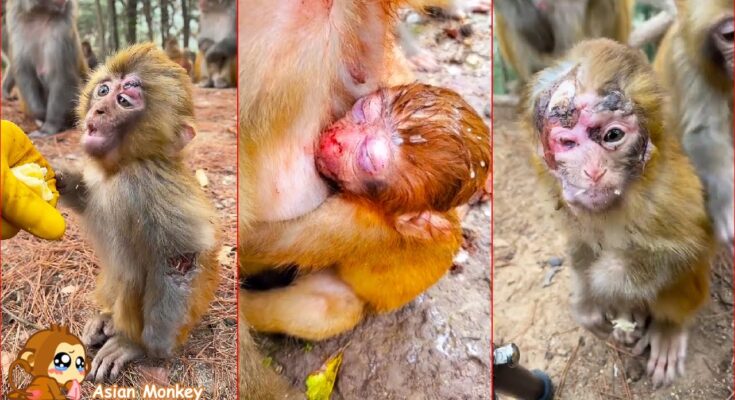The number of wild baby monkeys that need help each year can vary greatly depending on several factors, including habitat loss, climate change, human encroachment, and natural predation. There isn’t a precise global figure available for the number of wild baby monkeys needing help annually, but here are some factors to consider:
- Habitat Destruction: Deforestation and habitat fragmentation can leave baby monkeys vulnerable and orphaned, increasing the number needing rescue and care.
- Human-Wildlife Conflict: As human populations expand, conflicts with wildlife increase. This can lead to baby monkeys being injured or orphaned.
- Climate Change: Changes in climate can affect food availability and the health of monkey populations, leading to higher mortality rates and increased numbers of orphans.
- Poaching and Pet Trade: Illegal poaching and the exotic pet trade can result in baby monkeys being captured and later abandoned or confiscated, requiring rehabilitation.
- Disease: Outbreaks of diseases can disproportionately affect young monkeys, leading to a higher number needing intervention.
Rescue organizations, wildlife rehabilitation centers, and conservation groups often track and report on the numbers of animals they assist, which can provide some insight into local or regional trends. For example, a specific sanctuary or rehabilitation center might report helping dozens or hundreds of baby monkeys annually. However, obtaining a comprehensive global number would require compiling data from numerous sources and regions.
